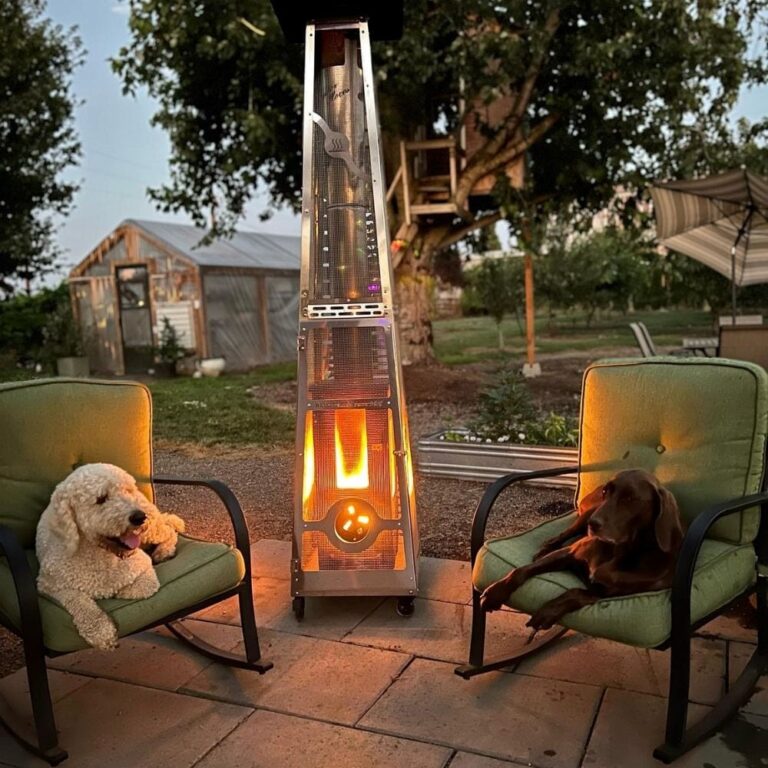Exploring the Cultural Significance of Dressing Up
Dressing up is a meaningful expression of individuality that extends beyond fabric and threads. The cultural value of dressing up is crucial in the world of costumes since it shapes both individual and collective identities. The article explores the complex network of costumes, looking at how they function as potent symbols that convey, celebrate, and reflect cultural identity. If you’d like more information on costumes please visit Blossom Costumes.
Traditional Attire
Traditional clothing is one of the most fascinating parts of costumes. Every culture has a unique wardrobe that reflects its beliefs, history, and customs. People can proudly display their heritage by dressing in traditional attire, which acts as a visual language. These outfits become live tributes to cultural origins, from the bright colors of African tribal clothing to the complex patterns of Indian saris.
A Symphony of Colors and Symbols
Festivals and ceremonies are key to the expression of culture. These gatherings’ costumes frequently turn into intricate pieces of art that combine historical details with modern design. These clothes, which represent customs, tales, and the spirit of celebration, have great cultural value. Examples include the elaborate kimonos worn during Japanese tea ceremonies and the colorful carnival costumes seen across Rio de Janeiro.
Identity and Symbolism
Costumes serve as visual symbols that convey meaning beyond their material existence. Religious attire, for instance, not only reflects faith but also signifies a sense of belonging and devotion. Likewise, military uniforms symbolize discipline, honor, and patriotism. The colors, patterns, and accessories woven into costumes become a language of their own, communicating values and affiliations without uttering a word.
Fusion of Cultures
Geographical barriers no longer define cultural identities in our globally integrated society. Modern outfits frequently showcase a blending of cultures, producing a vibrant and varied fabric. Fashion designers create clothing that smoothly blends elements from different cultures by taking inspiration from a variety of traditions. This combination not only celebrates diversity but also promotes a worldwide discussion about the universal beauty of cultural expression.
Costumes as Patriotic Emblems
Many people have a particular place in their hearts for national costumes. The hanboks of South Korea, the sarongs of Indonesia, and the kilts of Scotland all inspire a strong sense of patriotism. Wearing such costumes turns them into a potent symbol of one’s commitment to a particular country and its distinct cultural identity.
Costumes and Identity Exploration
Individually, costumes provide a transforming experience by enabling individuals to assume different personalities and explore various aspects of who they are. Whether for cosplay, theatre productions, or even Halloween disguises, dressing up turns to dress up into a self-exploration activity. It gives people a place to play around with personalities, revealing sides of themselves that they might not otherwise reveal in daily interactions.
Conclusion
Costumes are live canvases that represent identity, not just pieces of clothing. Costumes connect the gaps between culture, history, and individuality—from traditional dress to modern expressions, from pride in one’s country to introspection. We celebrate the richness and diversity that makes us unique as we dress in these ethnic costumes, which capture the spirit of our culture and the tales we have carried down through the ages.



